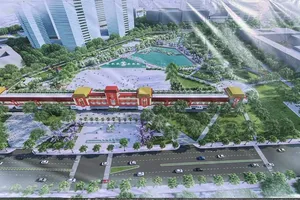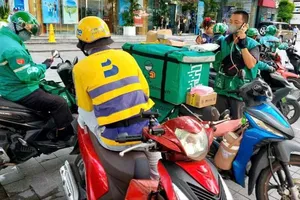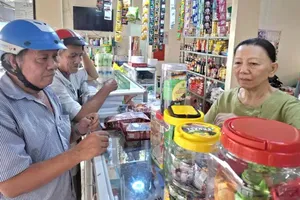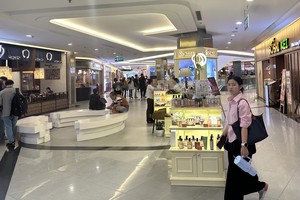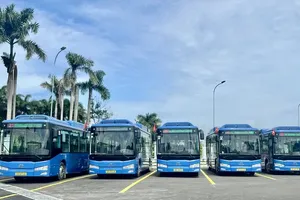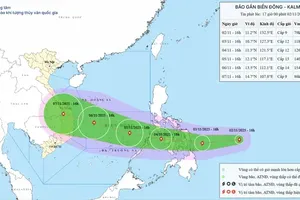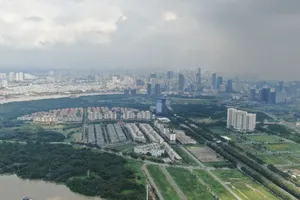Ho Chi Minh City has proposed building 10 new inland container depots to reduce the overload of traffic on roads as well as enhance connectivity among roads leading to seaports in the city.

The roads have been congested for years, according to city authorities.
The depots, to be located in the city outskirts to the northeast, east and west of the city, will be connected to seaports in HCM City and the southern province of Ba Ria-Vung Tau.
The depots would be built at Dong Nam Industrial Park, Tay Bac Industrial Park in the outlying district of Cu Chi, Sai Gon Hi-tech Park (SHTP) in District 9, and Tan Kien Commune in Binh Chanh District, according to authorities.
The depots are expected to play an important role in transporting goods between HCM City and neighbouring provinces.
The Transport Department has asked the city administration to adjust the master plan to build an inland container depot at Dong Nam Industrial Park in Cu Chi until 2020 with a vision to 2030.
The depot in Cu Chi, covering an area of 10 hectares, would be 11 km from An Ha Bridge, near National Road 22 – Le Loi – Quang Trung – Dang Thuc Vinh roads. It would have a capacity of 150,000TEUs per year by 2020.
Le Hoang Minh, deputy director of the Transport Department, said the depot would help to significantly reduce overloading on National Road 22.
Under the proposal sent to the Ministry of Transport, HCM City will build the Tan Kien depot with an area of 50ha at the meeting point between Vo Van Kiet Avenue and Trung Luong Expressway.
Le Thanh Dai, deputy head of the management board of SHTP, said about 800 container trucks travel regularly from SHTP to Cat Lai Port in District 2, creating a traffic burden in the area.
Dại said the city should build a depot to serve SHTP, which would help reduce traffic congestion and take full advantage of waterways from SHTP to Cat Lai Port via Ong Nhieu canal.
Speaking at a recent meeting with the Transport Department, Le Van Khoa, Vice Chairman of the city’s People’s Committee, said it was essential to build the depots in District 9 and Cu Chi District, which play a key role in the city’s socio-economic development.
Khoa urged the departments of Transport as well as Planning and Architecture, and the committees of District 9 and Cu Chi District, to carefully study the project to prevent waste.
He also asked agencies to call for investment from businesses to build the depots.
HCM City and its neighbouring provinces have 12 inland container depots, including Tan Cang, Song Than, Bien Hoa, Transimex, Tanamexco-Tay Nam and Sotrans, many of which are connected with roads but not waterways.
Infrastructure facilities near ports are almost always overloaded.
All of these have contributed to raising transport costs, thus reducing the competitiveness of the domestic logistics sector.
There are 1,300 logistics firms, with more than 60 percent of them in HCM City, mainly operating in shipping and delivering, transport, warehousing, ports, loading and uploading, distribution, customs procedures and integrated logistics services.
Seventy-two per cent of local logistics companies are small- or medium-sized, and only 5-7 percent of human resources are properly trained.
A Vietnam Logistics Association spokesperson said some major seaports are operating at below capacity due to the lack of road connectivity, but others with good road connectivity are overloaded and cannot keep up with increasing demand from logistics companies



